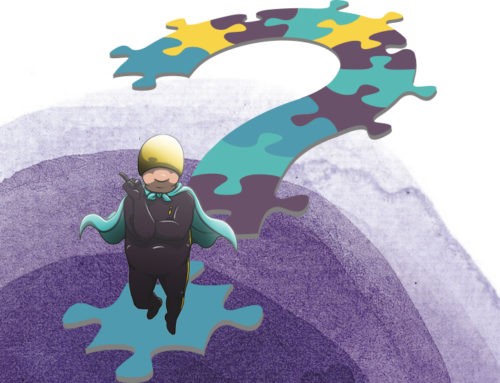What is the difference between digitisation and digital transformation?
Some businesses set out to digitally transform. They end up digitizing and stop. Never transforming, instead, they drift, upgrade, tweak as they go.
Often, they’ve been mis-sold the idea that more technology = greater competitive advantage. Technology is a tool. In the 2020s it rarely creates new, sustaining competitive advantage on its own. Everyone has access to the same technology, pretty much.
So what is the difference between businesses that digitise and those that transform? Digital leaders.
TensorFlow is free AI platform for building machine learning products. When we say ‘free’ we mean that there are no licence fees. Use it as you wish. It’s what you wish for that costs money. It’s like dancing. Everyone can do it but it takes real skill to make it look effortless.
To effectively leverage such tools leaders need a digital transformation strategy. One that uses data to define new opportunities, where innovation should be applied and how to innovate effectively.
Elliot uses TensorFlow in his business. His team have built a realtime job costing and estimation program. It’s beautiful. As customers type in basic variables of a construction project, his website predicts the cost. It makes recommendations based on similar archived projects. The tool even predicts cost over-runs, in real-time, as the user fills in the form. His next version will permit the uploading of CAD drawings and almost instant estimation using his machine learning tool.
This tool is the central source of new leads for Elliot. His practice has flourished. He has gone way past digitising. He has transformed the estimation process. His business now claims to offer the “Fastest Construction Cost Estimation In The World”. A big claim for a small business. It comes with all the obvious caveats that it is not accurate until manually validated. But it’s great for a first pass.
Elliot has found that his competitors use his tool. It’s that good. Elliot used digital transformation frameworks to find and define the digital transformation of his business. He and his team transformed the business. They leveraged technology. Technology didn’t transform the business. The people did.
His business used their years of quotation data to train the algorithms. They set out to transform this function of their industry. Differentiation that created competitive advantage was the aim.
His competitors don’t even know where to start. They buy off-the-shelf proven technologies. They don’t set out to innovate. Their ambition is to do more with fewer resources but not to differentiate. They fear what will happen to their Quantity Surveying business. Instead of transforming and innovating, they just digitise.
- Transformation requires an explanation of what we’re transforming into. Digitising does not.
- Transformation creates a differentiated value proposition. Digitising rarely does and if it does, it’s usually short-lived
- Transformation requires a new leadership mindset. Digitising doesn’t
- Digitising is essential for all businesses. Transformation is essential for all industry innovators.


